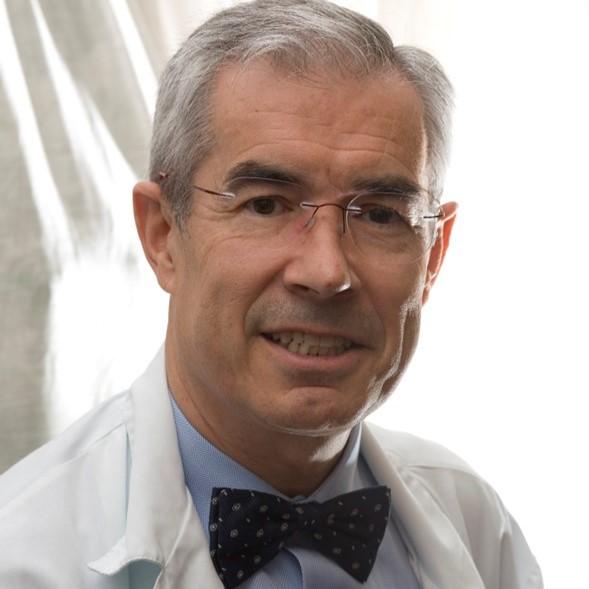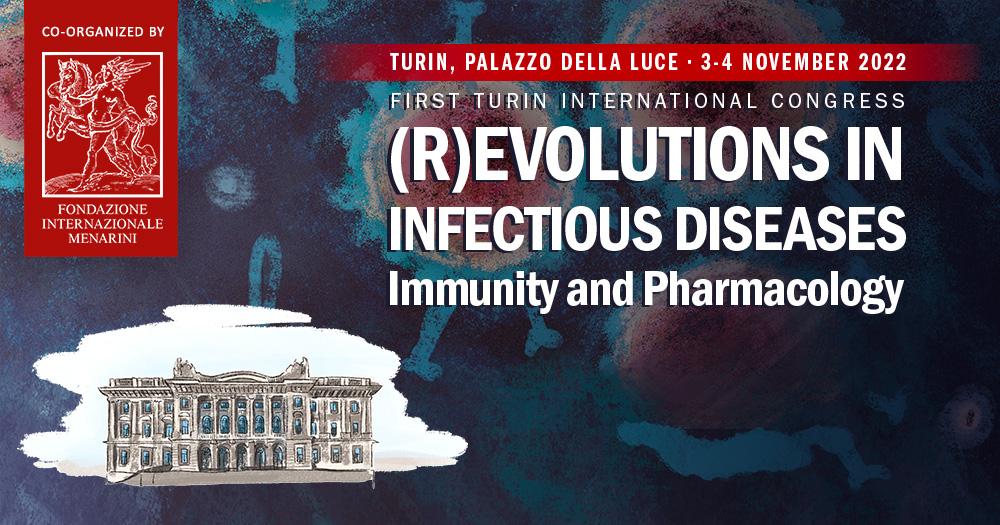
Emilio Bouza
Emilio Bouza
Emilio Bouza Santiago MD PhD Hospital G.U. Gregorio Marañon Organization: Universidad Complutense de Madrid Department name: Clinical Microbiology and Infectious Disease Unit SUMMARY AND ANALYSIS OF PROF. EMILIO BOUZA MAJOR CONTRIBUTIONS TO SCIENCE, EDUCATION OR PUBLIC HEALTH IN THE FIELD OF CLINICAL MICROBIOLOGY AND INFECTIOUS DISEASES INSTITUTIONS He has always developed simultaneously activity as an attending physician, teacher and researcher. We has worked in the following institutions: 1971-1975: Centro Nacional de Especialidades Médico Quirúrgicas. Clínica Puerta de Hierro Madrid. 1975-1977: Center for the Health Sciences. University of California. Los Angeles (U.C.L.A.). 1977-1984: Hospital Ramón y Cajal 1984-2017: Hospital General Universitario Gregorio Marañón. Universidad Complutense. Madrid LINES OF WORK, including contributions to research, education and public health THE BEGINNING. In his first years Dr. Bouza contributed significantly to the following lines: Coccidioidal meningitis in USA Paracoccidioidomicois in the USA First Reports of Acute Q fever in Spain First Reports of Legionnaires’ disease in Spain Reports in Brucellosis and in Brucellar Meningitis. The risk of Brucellosis for Microbiologists BLOODSTREAM INFECTIONS. This has been one of his more continuous areas of interest. Specific papers on Bacteremia, including Group G Streptococcus, S. pneumoniae, S. aureus, Klebsiella spp., Enterobacter spp., E.coli, P. aeruginosa H. influenzae, Anaerobes, S. cerevisiae. Mycobacterium tuberculosis bacteremia Ocular involvement in bacteremic patients. Bacteremia in pediatrics Impact of the methods of reporting bacteremia. Nosocomial bacteremia Catheter-Related Infections: Diagnostic procedures European ESGNI Studies in bacteremia NOSOCOMIAL INFECTIONS. He has contributed significantly to this field. Some examples are: ESGNI01. Prevalence and Etiology of Bloodstream Infections in Europe. (Ref 428) ESGNI02. Clinical Characteristics and Outcome of Patients with Nosocomially-Acquired Bloodstream Infections in Europe (Ref 428) ESGNI03. Prevalence and Etiology of microbiologically documented nosocomial urinary tract infections in Europe (Ref 497) ESGNIO4. Clinical characteristics and Outcome of Nosocomially acquired urinary tract infections in Europe (Ref. 498) ESGNIO5. Catheter-Related Infections in Europe. Microbiological Assessment. (Ref. 551) ESGNI06.-Clinico-epidemiological Characteristics and Outcome of Patients with Catheter-Related Bloodstream Infections in Europe. (Ref. 552). ESGNI07.-Assessment of the incidence of infections in patients undergoing Major Heart Surgery in 2001. ESGNI08. One-day prevalence study of risk factors for the development of Ventilator-Associated Pneumonia and other infections after Major Heart Surgery in Europe. ESGNI09. Incidence Study of Ventilator-Associated Pneumonia (VAP) in patients undergoing Major Heart Surgery during a one-month period (December 2002). ESGNI 10 . Staphylococcus aureus carriage among participants at the 13th European Congress of Clinical Microbiology and Infectious Diseases. He has conducted: 7 Nationwide Studies of Staphylococcus in Spain, 2 Nationwide studies of Pseudomonas aeruginosa in Spain, 1 Nationwide study of Streptococcus pneumoniae in Spain and 1 nationwide study of C. difficile in Spain (In press) RESPIRATORY INFECTIONS. In the last years he has devoted significant work to the study of pneumonia Pneumonia and other invasive Pneumococcal Infections Etiology and Diagnosis of Ventilator-Associated Pneumonia Nosocomial pneumonia Community-Acquired Pneumonia Q fever SEVERE INFECTIONS IN TRANSPLANT AND IMMUNOCOMPROMISED PATIENTS, INCLUDING SYSTEMIC MYCOSES. From the beginning he has worked with immunocompromised patients. Some examples of his contributions are: Infections in Hairy Cell Leukemia (Seminal paper in Blood) Listeriosis Tuberculosis in immunocompromised patients Viral infections Infections in AIDS patients. Leishmania in AIDS patients Candida and Candidemia Invasive Aspergillosis in neutropenic and non-neutropenic patients Mucormycosis Fungal spores in the air CLOSTRIDIUM DIFFICILE. Line started in the mid 1990’s. Rapid diagnosis C. difficile in Microbiology Laboratory Workers TEACHING ACTIVITIES Professor of Microbioloy and Infectious Diseases at the University of Madrid since 1978 More than 30 generations of Microbiologists and ID physicians trained More than 500 PostDoc physicians in training (From Spain and Abroad) Laboratory technicians Several Postgraduate Education Courses of ESCMID organized ADMINISTRATIVE WORK and contributions to public health Head of the ID Unit of Hospital Ramón y Cajal 1977-1984 Head of the Division of Clinical Microbiology and Infectious Diseases at Hospital Gregorio Marañón 1984 to 2017 President of the Spanish Society for Infectious Diseases and Clinical Microbiology Secretary General ESCMID Firs leader of the ESGNI Study Group First leader of the GESIDA (AIDS Study group of SEIMC) First leader of GAMES (Multicentric Endocarditis Study Groups in Spain) National Network of Respiratory infections (CIBER de enfermedades respiratorias -CIBERES).







